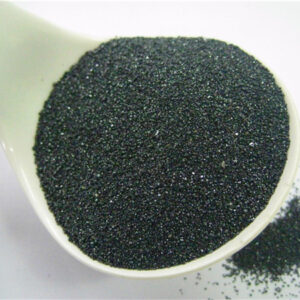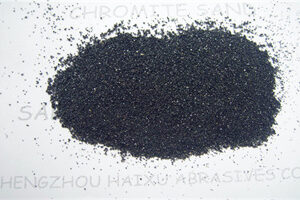Application of chrome flour in glass production

The application of chrome flour in glass factories is mainly reflected in the following aspects:
1. Coloring function
Give glass a specific color
The chromium element in chrome flour forms different compounds through high-temperature reactions, making the glass appear green, brown or black, and is widely used in green coloring of container glass such as beer bottles and wine bottles.
Resistance to ultraviolet rays
Green glass can effectively block ultraviolet penetration due to the presence of chromite powder, protecting the liquid in the bottle (such as beer and wine) from light deterioration and extending the shelf life.
2. Performance improvement
Enhance weather resistance
Chrome flour can improve the glass’s resistance to ultraviolet rays, oxidation and corrosion, so that it can maintain a stable appearance and performance in complex environments.
Improve mechanical strength
Adding chrome flour can significantly improve the impact resistance, bending resistance and hardness of glass, and extend its service life.
Optimize fire resistance and scour resistance
Chromium can improve the density, fire resistance and scour resistance of glass.
3. Production process optimization
Lower melting temperature
The addition of chrome flour can improve the melting performance of glass and reduce energy consumption.
Promote bubble discharge
By optimizing the clarification effect of glass liquid, reduce bubble residue and improve product transparency.
4. Specifications and parameters
Chromium content
The commonly used chromium content range is 40%~52% (in terms of Cr₂O₃).
Particle size selection
Select different mesh sizes (200 mesh~2500 mesh) according to needs, such as 600 mesh, 800 mesh and 1000 mesh for container glass coloring, and ultrafine powder (such as 5 microns) for high transparency products, etc. .
In summary, the application of chrome flour in glass factories covers multiple dimensions such as coloring, performance enhancement and process optimization. Its chemical stability and particle size controllability make it a key raw material in glass manufacturing




















